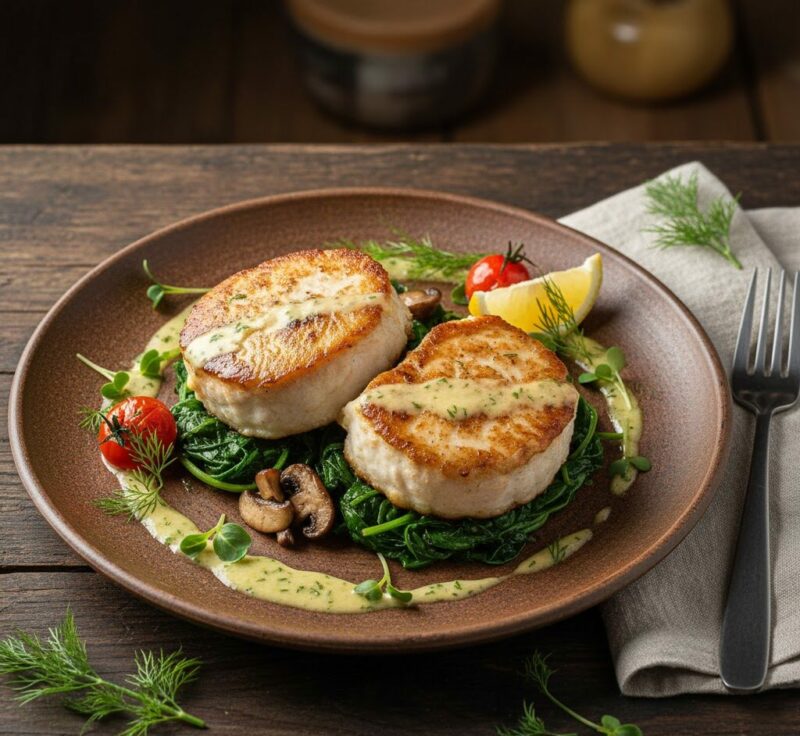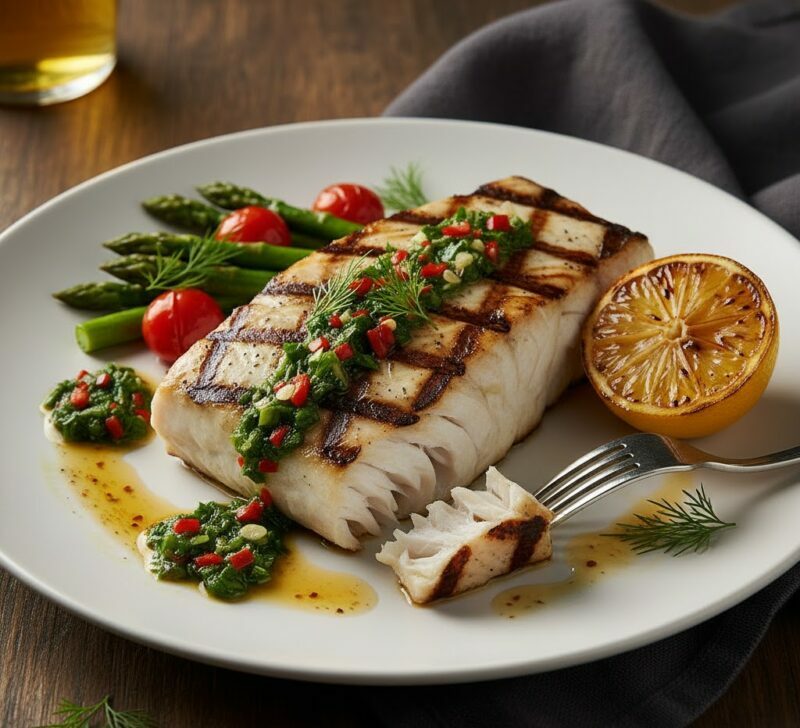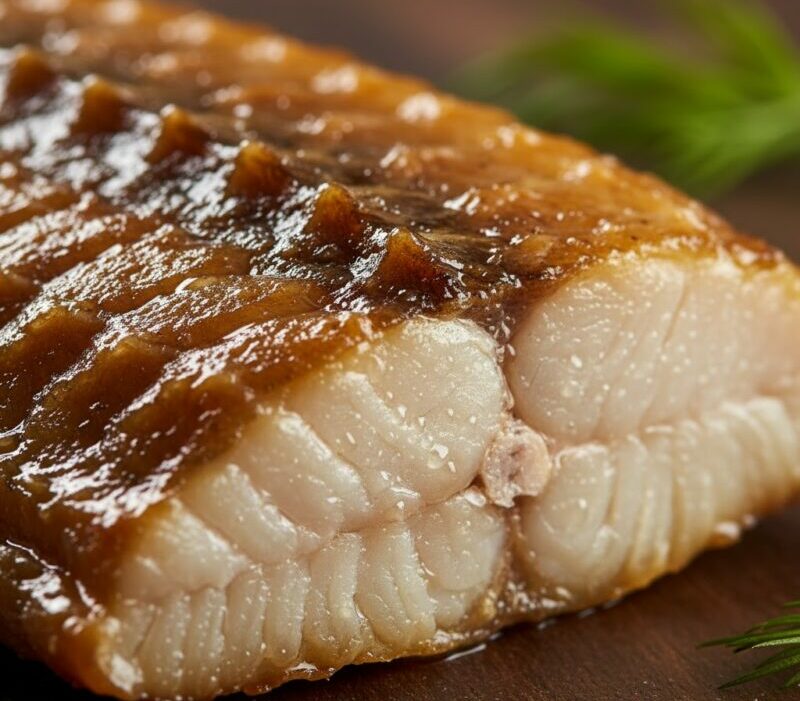How to Cook Sturgeon Like a Portland River Guide
Sturgeon is Portland’s most iconic river fish, and when you handle it like a guide, it eats like a tender white steak. This no-nonsense playbook covers how to cook sturgeon from legally sourced fish, whether you buy farmed white sturgeon or fish catch-and-release for the thrill, then bring home market fillets.
We’ll nail the two most important steps first, bleed and ice, then walk through three reliable cooking methods with exact temps and times, plus safety, storage, and flavor moves built for Portland tastes.
What’s Legal and Where to Buy Sturgeon (Portland Quick Guide)
Most Portland anglers fish the lower Columbia and the lower Willamette, which are catch-and-release only for white sturgeon in 2025. Limited keeper seasons occur in certain upriver pools and above Willamette Falls, with strict slot lengths and low annual limits. Always check current ODFW and WDFW updates before any trip.
For shared Columbia boundary waters, an Oregon or Washington license is valid, but you must follow the rules of the state you are fishing in and carry the required tags. The simplest legal way to cook sturgeon at home is to purchase farmed white sturgeon from a reputable seafood market.
It is consistent, sustainable, and avoids wild-stock pressure. Add a standing disclaimer to your recipe card: cook only legally harvested or commercially sourced sturgeon, and verify current regulations before any harvest.
Prep Like a Guide (Bleed, Ice, Trim, Portion)
Bleed immediately. A quick gill or tail cut and a short bleed make the meat cleaner and milder. Ice right away in a slushy cooler to keep the texture firm. Remove scutes and skin, then trim away the dark bloodline so the flavor stays sweet and neutral. For fillets, lift out the central cartilage and any rib cartilage. Portion into 1-inch medallions for pan-searing or 1 to 1½-inch steaks for grilling. Pat very dry before seasoning so browning is crisp, not steamy.
Pan-Seared Sturgeon Medallions

Ingredients:
Sturgeon medallions, kosher salt, black pepper, high-heat oil, butter, crushed garlic, thyme or rosemary, lemon wedges.
Method
- Heat a heavy skillet over medium-high with a thin film of oil. Pat medallions dry, season lightly with salt and pepper.
- Sear 3 to 4 minutes without moving until golden and the fish releases.
- Flip, drop in butter, garlic, and herbs, then baste for 1 to 2 minutes.
- Cook to 135 to 140°F internal, opaque, and just flaking. FDA safe finish is 145°F if you prefer fully well-done.
- Rest 2 to 3 minutes, finish with lemon and a spoonful of pan butter.
Grilled Sturgeon Steaks

Ingredients:
Sturgeon steaks, olive or vegetable oil, kosher salt, black pepper, optional lemon-herb marinade, lemon to finish.
Method:
- Set a two-zone grill, one side high for searing, one side medium-low for finishing. Clean and oil the grate.
- Pat steaks dry, oil lightly, and season. If marinated, scrape off excess to prevent flare-ups.
- Sear over high heat about 2 minutes per side for color.
- Move to the cool zone, close the lid, and finish 3 to 6 minutes to 135 to 140°F internal. Use 145°F if you want the FDA target.
- Avoid sugary sauces over direct heat. Glaze in the last minute on the cool side. Rest for 5 minutes and hit with lemon.
Smoked Sturgeon That Stays Moist

Brine and Pellicle
Use 1 quart of water, ½ cup of kosher salt, and ½ cup of brown sugar as a simple wet brine. Add bay, peppercorns, or a splash of soy if you like. Brine 4 to 6 hours for 1-inch pieces, up to 8 to 12 hours for thicker cuts. Rinse, pat very dry, then air-dry on a rack until tacky to form a pellicle. This step helps the smoke adhere and keeps the surface from weeping.
Smoke and Finish
- Preheat the smoker to 160 to 180°F with mild wood like apple, cherry, or alder.
- Place fish on racks, smoke 3 to 4 hours until lightly bronzed and fragrant.
- Target 135 to 140°F internal for a moist texture, or 145°F for a fully safe finish.
- Optional light glaze in the final 30 minutes. Cool, then serve warm or chilled.
Common Mistakes and Easy Fixes
Overcooking makes sturgeon firm and dry. Use a thermometer and pull it around 135 to 140°F, then rest. Skipping the bleed and ice leads to stronger flavors that you cannot fix later. No pellicle before smoking means weak smoke adhesion and blotchy texture, so always dry the surface first. Too much smoke or dirty, billowing smoke tastes bitter, so aim for thin, clean smoke.
Sugary marinades scorch on high heat; finish them in the cool zone. No two-zone control on the grill burns the exterior before the center cooks, so set a cool zone. Failing to pat dry ruins the sear; always dry the fish before it hits hot metal.
Storage, Leftovers, and Safety
Cook fish to safe temps. The FDA recommends 145°F for finfish, while many cooks prefer pulling at 135 to 140°F with carryover. Cool leftovers within two hours, store in shallow containers, and eat within three to four days. Reheat gently, just to hot, or to 165°F for leftovers if you want the USDA target.
Thaw raw sturgeon in the refrigerator, never on the counter. For health advisories, follow Oregon Health Authority guidance for Columbia and Willamette resident fish. Trim skin and fat, and if you are pregnant or cooking for kids, favor farmed sturgeon or heed meal-frequency advisories. Great leftover ideas include next-day tacos with cabbage and lime crema, a sturgeon salad with herbs and lemon, or flaking smoked sturgeon into a dip.
From River to Plate—How to Cook Sturgeon the Portland Way
Respect the fish, respect the rules, and your plate will reward you. Bleed and ice immediately, trim clean, then choose your method: fast pan-sear with butter and herbs, grill with two-zone control, or a gentle smoke after a proper brine and pellicle. Try a citrus-herb and pepper profile for bright, grill-forward meals, or a soy-ginger-garlic glaze with a touch of sweetness for umami-rich sears.
Source legally, buy farmed white sturgeon when in doubt, and always check the latest regulations before you fish. Ready to put this into practice? Book a Portland catch-and-release sturgeon charter for the fight of your life, then pick up farmed fillets and cook along with this guide at home.
